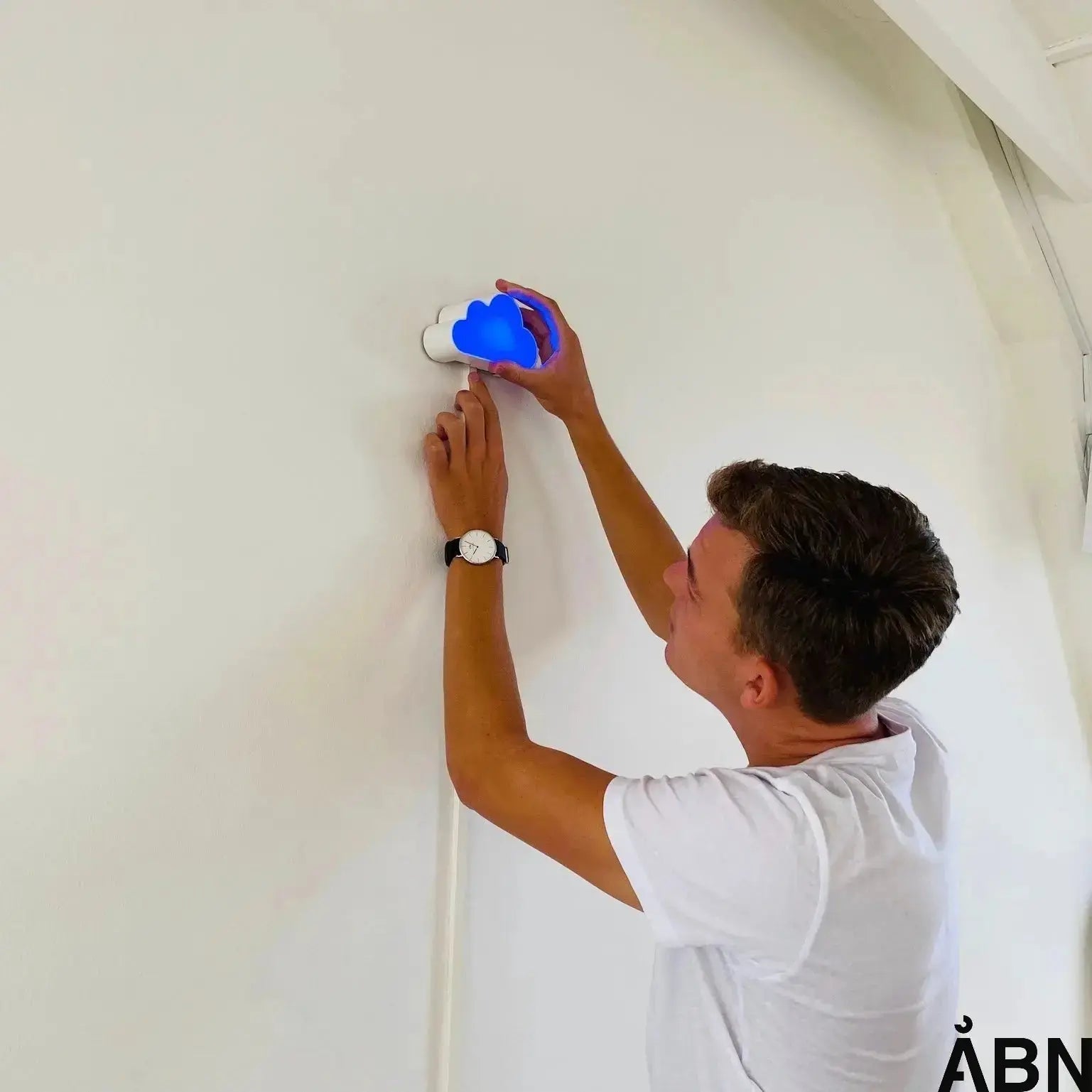How to read a hygrometer correctly
When it comes to ensuring a healthy indoor climate, it is important to have control over the humidity. One of the most important tools for measuring humidity is a hygrometer. But what does a hygrometer actually need to provide the most accurate measurements? In this article, we will guide you through how to read a hygrometer correctly, so that you can ensure an optimal indoor climate in your home or workplace.
According to Bolius, a hygrometer is an indispensable tool when it comes to measuring humidity. A hygrometer can be either analog or digital and is often found in combination with a thermometer to give you both temperature and humidity measurements in a room.
What should a hygrometer stand for?
When you look at your hygrometer, you will see a scale that indicates the humidity in percent. To ensure that your hygrometer is reading correctly, you should follow these guidelines:
- Ideal humidity: A good humidity level in the home is typically between 30-60% according to Sundhed.dk . It is recommended to keep the humidity level at around 50% to create a comfortable and healthy indoor climate.
- Too low humidity: If the humidity is below 30%, it can lead to dry air and discomfort in the form of irritated mucous membranes and dry skin.
- Too high humidity: Conversely, humidity above 60% can cause problems such as mold and odors, according to SpareEnergi.dk .
When reading your hygrometer, you need to make sure that it is properly calibrated to give you accurate readings. If you are unsure whether your hygrometer is calibrated correctly, it may be a good idea to invest in a calibration service.
FAQ: What should a hygrometer stand for?
How do I calibrate my hygrometer?
According to Middelfart Municipality, you can calibrate your hygrometer by placing it in a closed plastic bag with a damp cloth for 24 hours. After that, the hygrometer should show 100% humidity. If it doesn't, you can adjust it according to the value shown.
How do I know if my humidity is too high or too low?
You can observe signs such as fogging on windows, condensation on walls, or odors to get an indication of humidity. If you experience these problems, it may be a good idea to adjust the humidity by ventilating or using a humidifier or dehumidifier.
What are the consequences of incorrect humidity?
Incorrect humidity can lead to problems such as mold, dry skin, allergies and general discomfort, so it is important to monitor the humidity and adjust it as needed.
Contact us for more information
We at ÅBN are experts in creating solutions for optimal indoor climate. If you have questions about humidity, hygrometers or other indoor climate-related questions, please feel free to contact us. We are always ready to help with advice, data and innovative solutions for a healthier and more sustainable indoor climate. Contact us here .
Remember that a good indoor climate starts with correct humidity measurements. Therefore, make sure to read your hygrometer correctly and act on the measured values to create a comfortable and healthy indoor climate in your home or workplace.









